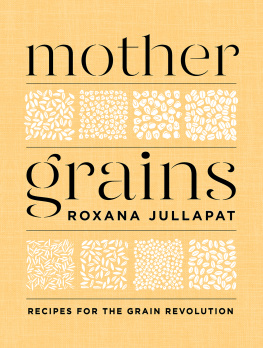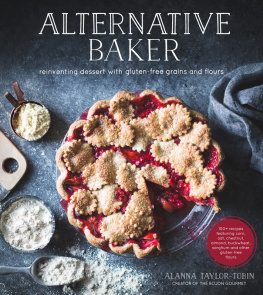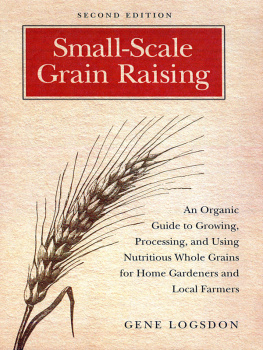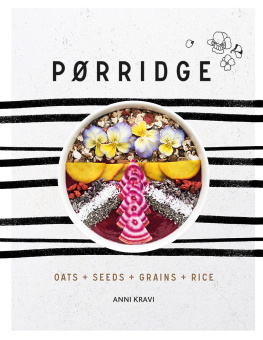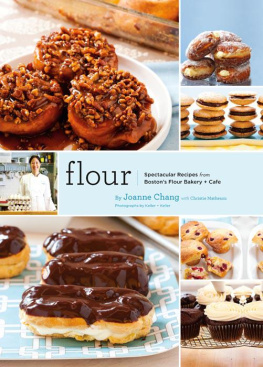Contents
Guide

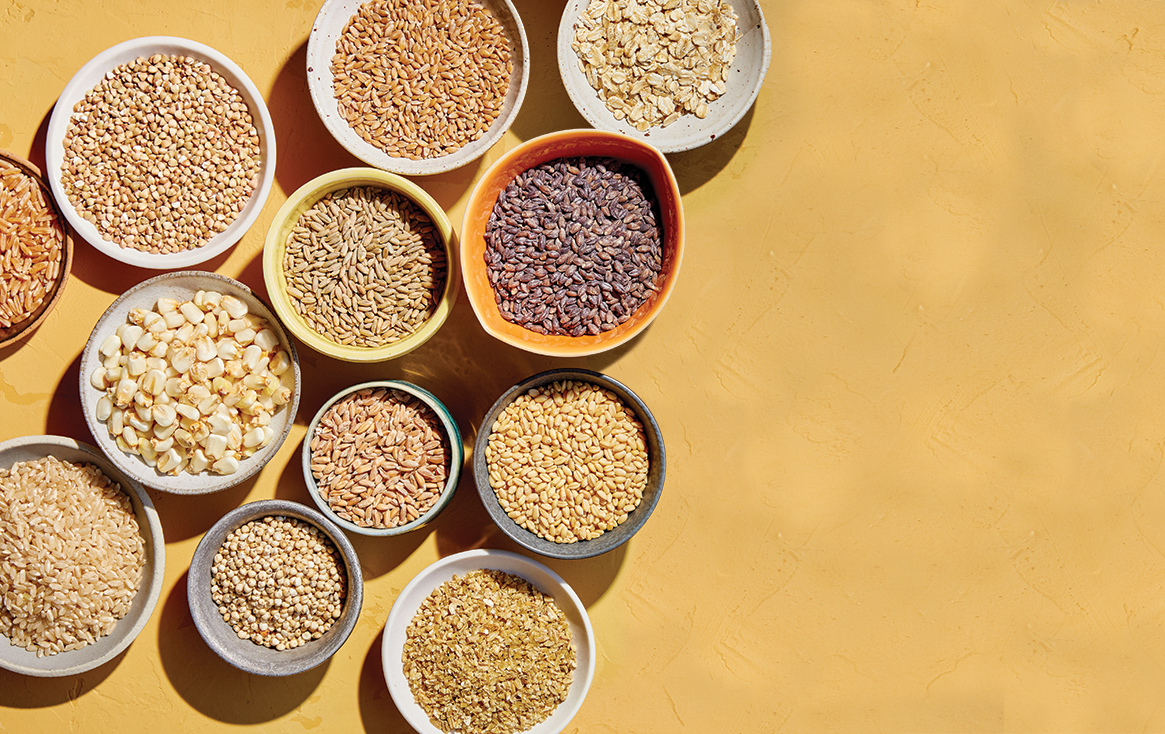
RECIPES for the GRAIN REVOLUTION
mother grains
ROXANA JULLAPAT
Photography by Kristin Teig

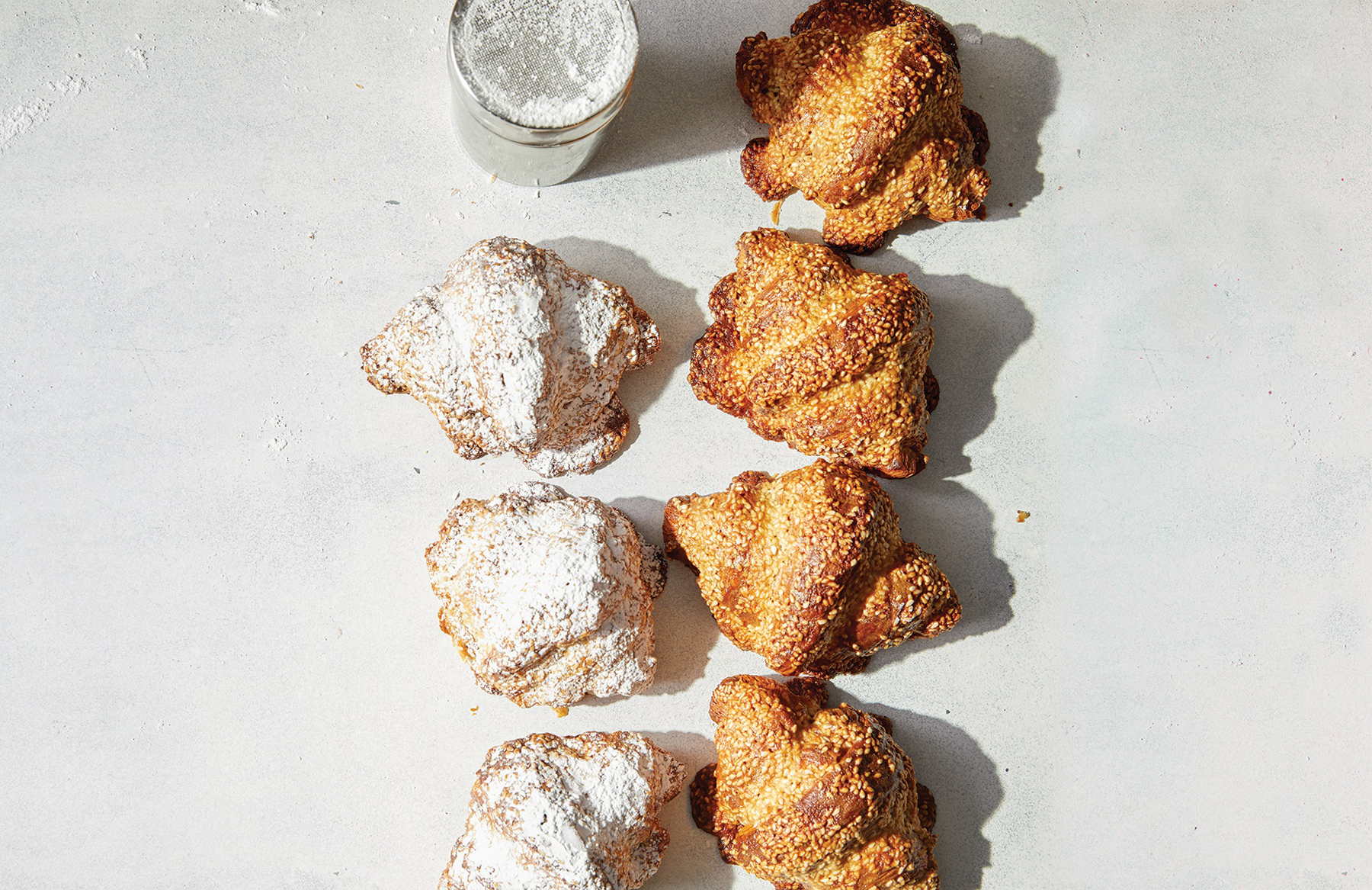
Copyright 2021 by Roxana Jullapat
Photographs copyright 2021 by Kristin Teig
All rights reserved
First Edition
For information about permission to reproduce selections from this book, write to
Permissions, W. W. Norton & Company, Inc., 500 Fifth Avenue, New York, NY 10110
For information about special discounts for bulk purchases, please contact W. W. Norton
Special Sales at specialsales@wwnorton.com or 800-233-4830
Cover design by Ashley Tucker
Book design by Ashley Tucker
Production manager: Lauren Abbate
The Library of Congress has cataloged the printed edition as follows:
Names: Jullapat, Roxana, author. | Teig, Kristin, photographer.
Title: Mother grains : recipes for the grain revolution / Roxana Jullapat ; photography by Kristin Teig.
Description: First edition. | New York : W. W. Norton & Company, Independent Publishers since 1923, 2021. | Includes index.
Identifiers: LCCN 2020035519 | ISBN 9781324003564 | ISBN 9781324003571 (epub)
Subjects: LCSH: Cooking (Cereals) | Grain. | LCGFT: Cookbooks.
Classification: LCC TX808 .J85 2021 | DDC 641.3/31dc23
LC record available at https://lccn.loc.gov/2020035519
W. W. Norton & Company, Inc.
500 Fifth Avenue, New York, N.Y. 10110
www.wwnorton.com
W. W. Norton & Company Ltd.
15 Carlisle Street, London W1D 3BS
To the women who raised memy grandmother Eugenie, her sister Elena, and my tas Vicky and Nela. And above all, to my mother, Rose Marie, for teaching me table manners and battle cries with equal intensity.
Contents
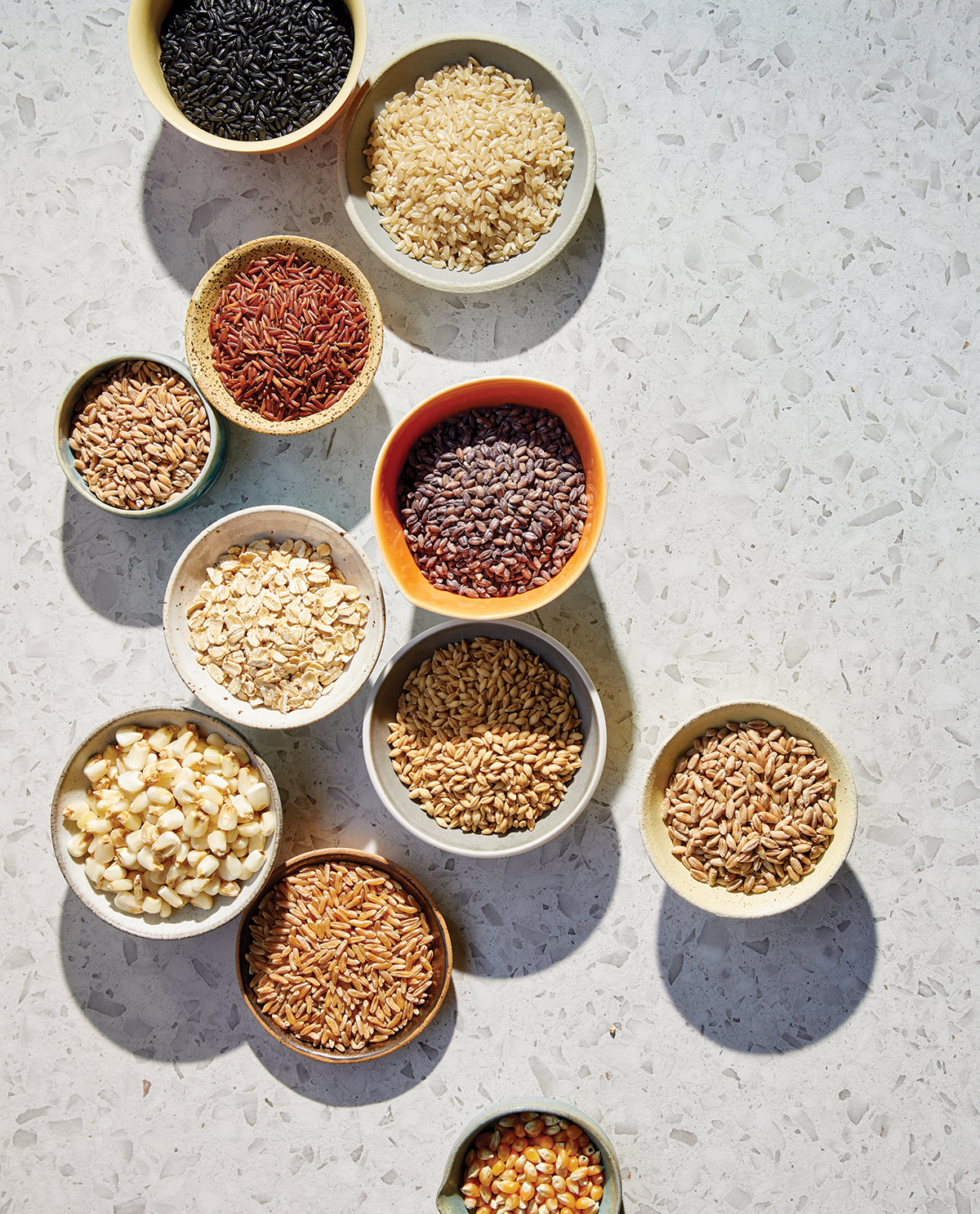
Its 3:00 a.m. I walk into an empty bakery, turn on the lights, disable the alarm, start a pot of coffee, and fire up the ovens. From the walk-in refrigerator I pull rolling carts packed with unbaked Sonora wheat croissants and start brushing them with egg wash. The first shift of bakers arrives soon after and helps me finish egg-washing the croissants. Then they head to their assigned stations to tackle daily taskssprinkling sugar over blue cornmeal scones, portioning semolina loaf cakes, mixing spelt muffin batter, assembling brown rice coffeecakes, and traying rye chocolate chip cookies. The bakery is divided into two departments: bread and pastry. If Im working in pastry, Ill take over the main ovena rotating beast that can accommodate thirty large baking trays at onceand two smaller convection ovens, baking every single pastry in the oven that suits it best. If Im working the bread station, I will refresh the starter, make the baguette dough, and bake in the deck oven the sourdough breads that were shaped the day before. Then I go through the motions of making rich doughs for rolls and focaccia, poaching and baking bagels, and I start packing bread and pastries for our wholesale accounts. Another bread baker comes in at 5:30 a.m. and shapes the baguettes and rolls that I started earlier. By the time the wholesale orders are out the door it is 6:30 a.m. I take a minute to regroup, get a second cup of coffee, and mix bread dough for the next day. The rest of the crew goes through its prep list and gets to work. One or two more bakers, whom we call the closers, join us later in the morning to take care of larger projects. By noon, the morning bakers have gone home. I will stay for a few more hours. I might pour myself a third cup of coffee and, on occasion, wonder, how did I get here?
I was born in Orange County, California, to immigrant parents who came to the United States in the late 1960s. My father, Carlos, left his native Costa Rica just before turning twenty, while my mother, Khaisri, left Thailand after graduating from nursing school. Their paths crossed years later while they were both living in Los Angeles, and they married shortly after. When I was just two years old, tragedy struck my family when my mother passed away, prompting my father to sell everything and move back to Costa Rica with my older brother and me. A few years later, my father married my stepmother, Rose Marie, a Costa Ricanborn teacher of French and Spanish descent. My new family would shape my childhood in many colorful ways.
I grew up immersed in all things Costa Ricanlanguage, culture, and, of course, food. Gallo pinto, tropical fruits, and dulce de leche were staples of my life, along with torta c), I wanted a part in all of it.
I graduated from college with a journalism degree and, feeling a bit burned out on academia and thinking about a break before grad school, I left Costa Rica and returned to L.A. for cooking school. Little did I know that restaurant work as a baker and pastry chef would become my bread and butter.
I met my husband, Daniel Mattern, at the Southern California School of Culinary Arts. Dan started working at L.A.s celebrated restaurant Campanile in 1998 while still in school. I was hired a few months later. Under the tutelage of Nancy Silverton and Mark Peel, we were introduced to the importance of seasonality, the idea of selecting your ingredients based on whats available and in abundancesomething weve continued championing throughout our careers. After less formative jobs, I landed the role of pastry chef for highly acclaimed L.A. restaurants Lucques and A.O.C. and reconnected with Dan, who had been the chef de cuisine at A.O.C. for the past few years. Weve been an item in and outside of the kitchen ever since.
Our cooking adventures eventually took us to Portland, Oregon, where we worked at Clarklewis, a rebellious restaurant embracing whole-animal butchery, foraging, and biodynamic agriculture, which were novel ideas at the time. Homesick for sunny California, we returned to L.A. and cooked at Ammo, a small restaurant known for its farm-to-table fare; then in 2011 we opened Cooks County, which we ran for four years in the Fairfax District. Cooks County gave us the opportunity to fully manifest the ideas that would come to make up our cooking philosophycarefully sourcing our meats and fish, buying all of our produce at local farmers markets, making our own preserves and condiments, and baking our own bread. As the restaurant became more popular, grain farmers and small mills would give us samples of their products to try. Nan Kohler, founder and miller of L.A.s Grist & Toll, was one of the first to knock on my door. Had I known then how transformative her flours would become and how much impact she would have on my life both professionally and personally, I would have shown proportional enthusiasm. I began using whole grains in our breads and pastries and, for the first time, paid attention to how these new ingredients could transform the way I baked. My breads and desserts with these flours were received ardently by our customers, and this gave me a peek into a world of possibilities. In early 2015, Dan and I decided to step out of the kitchen for a bit to spend more time consulting, teaching, and, above all, cooking at home.

